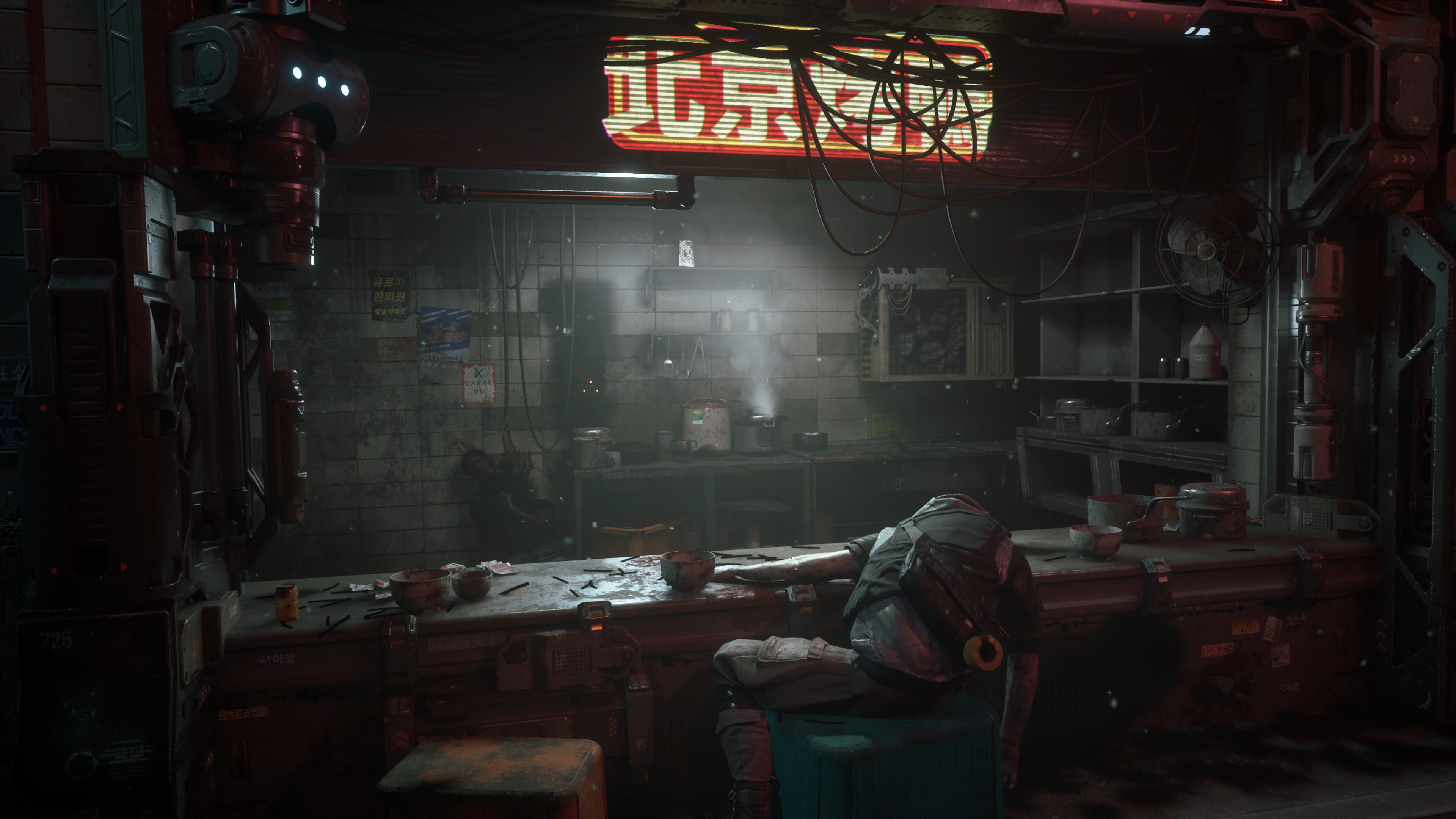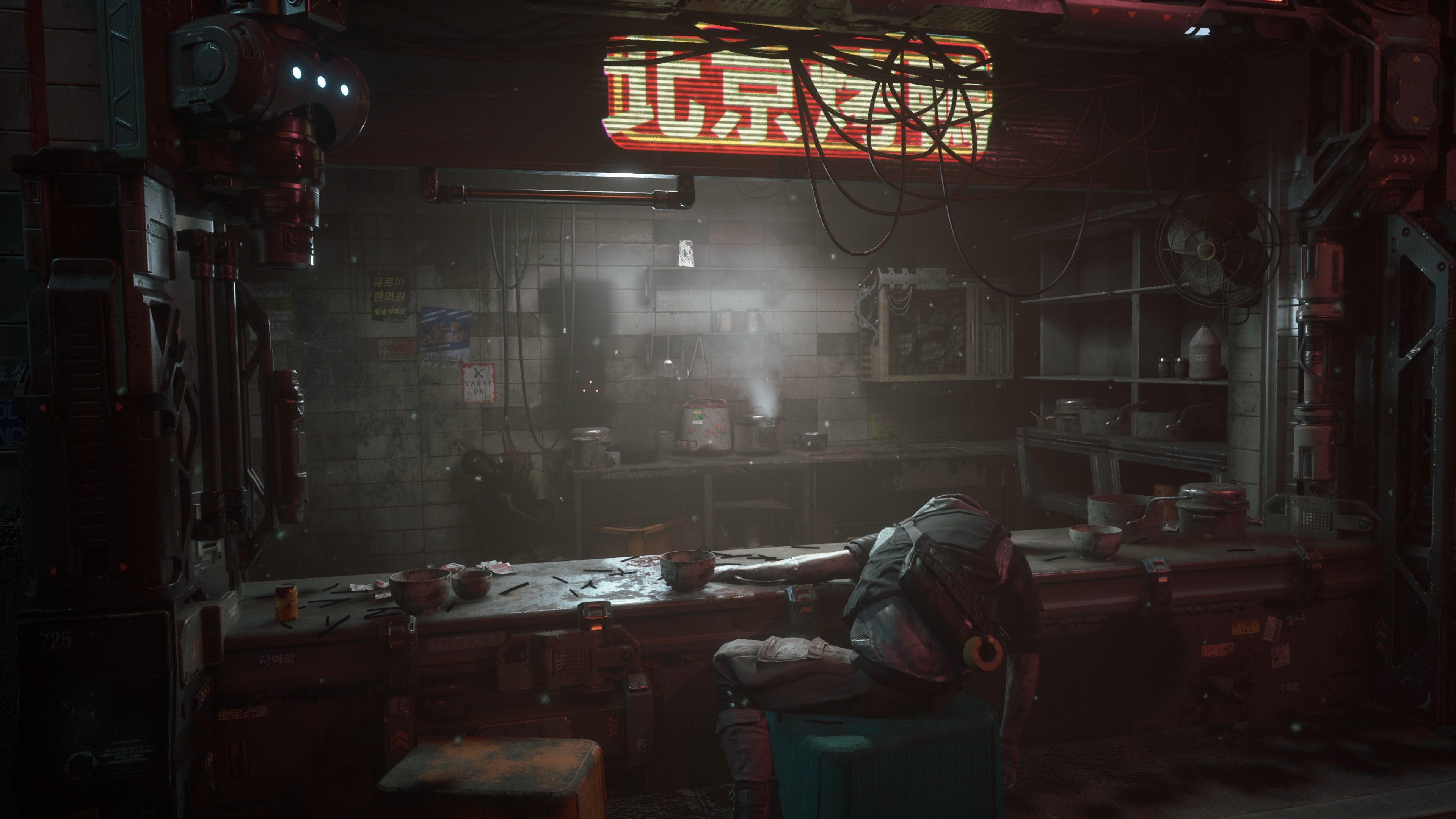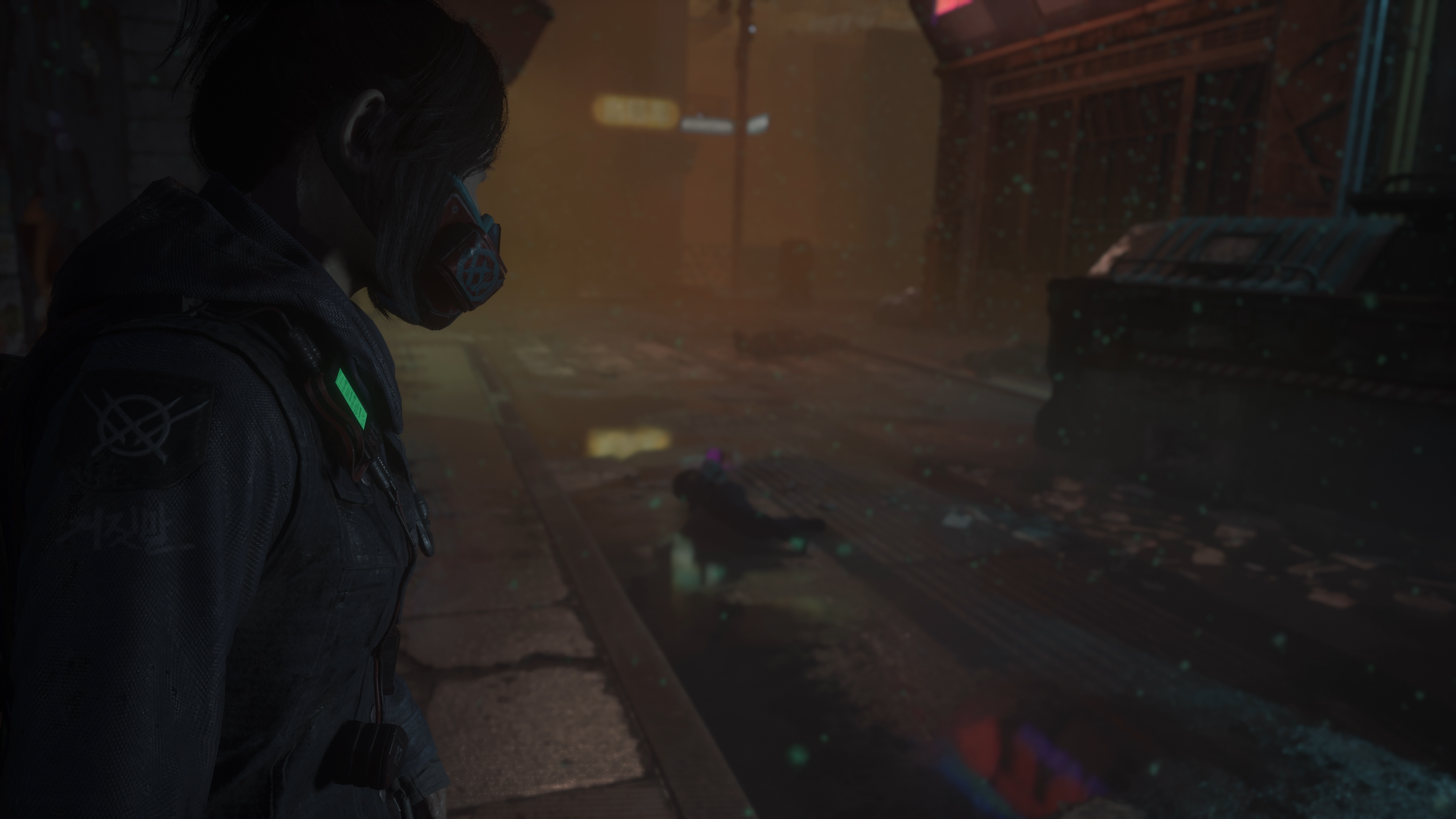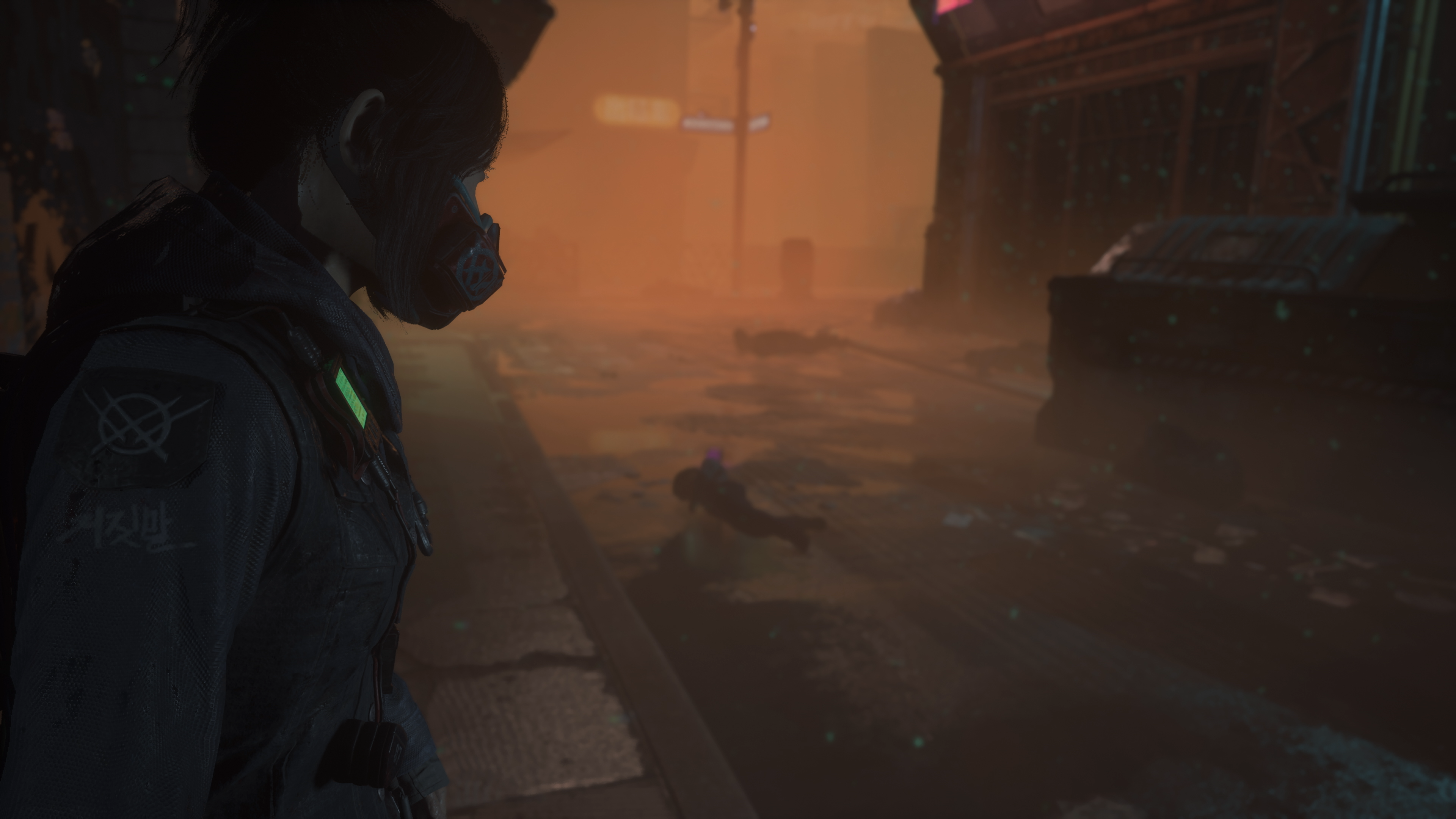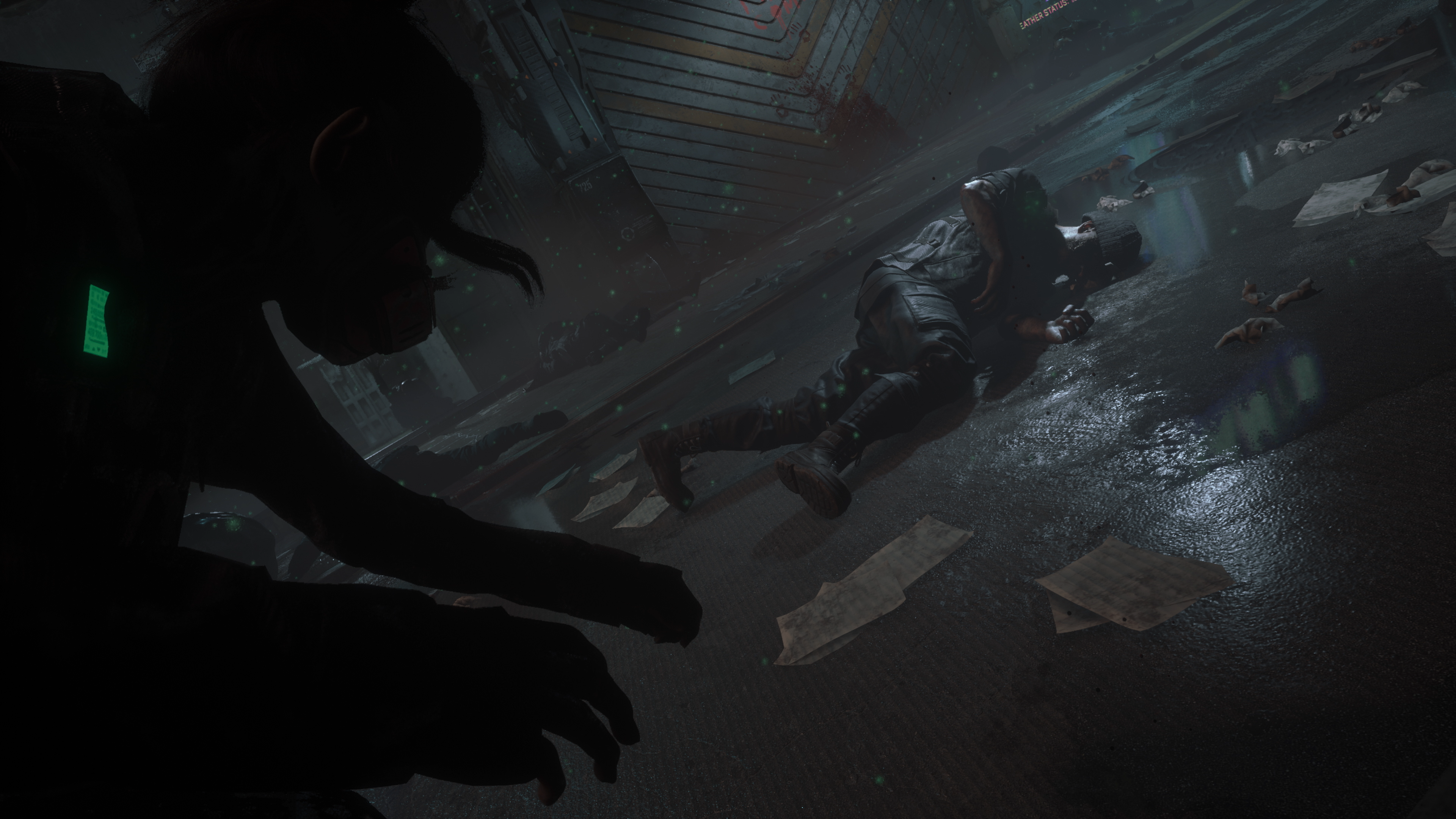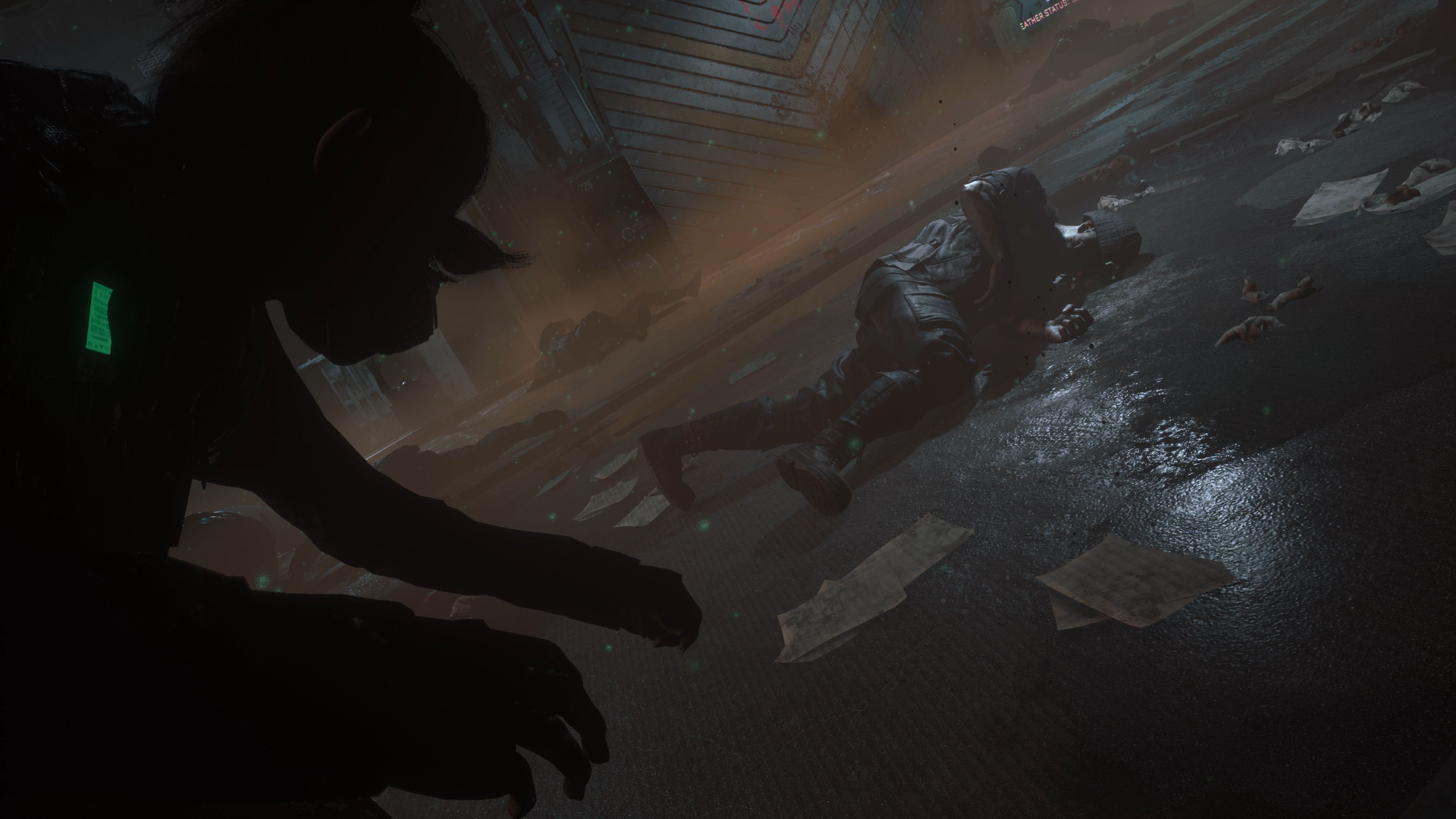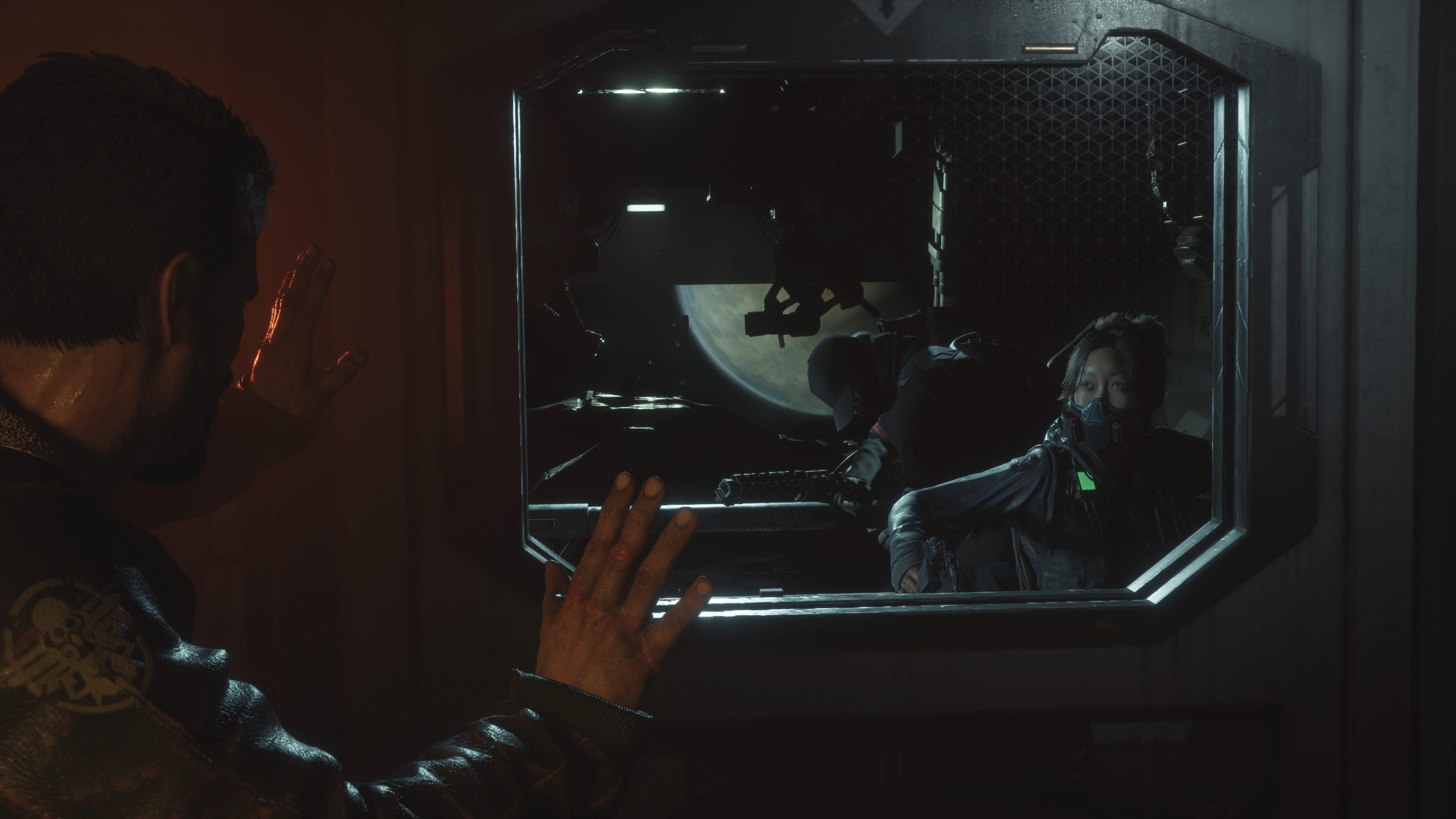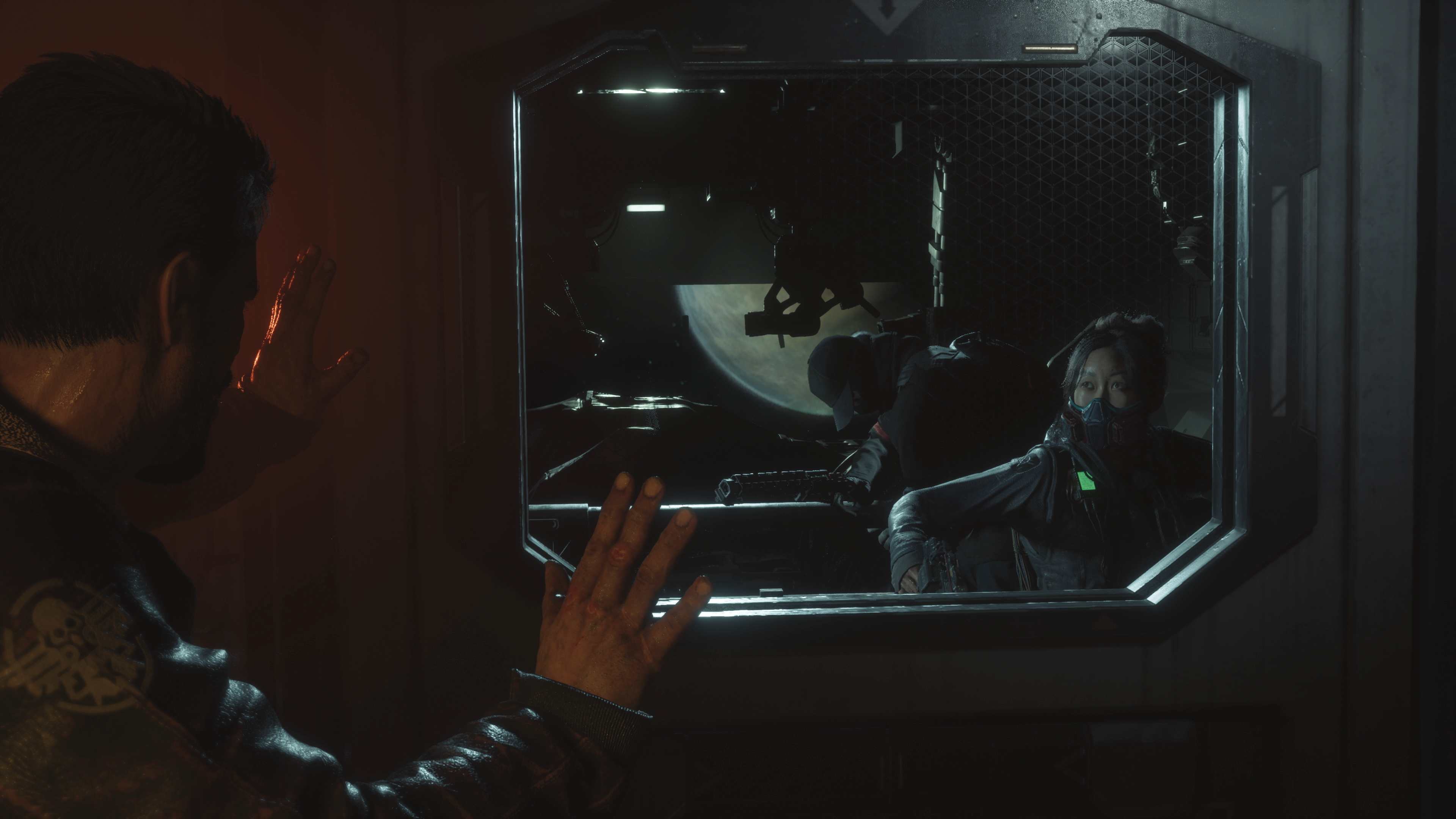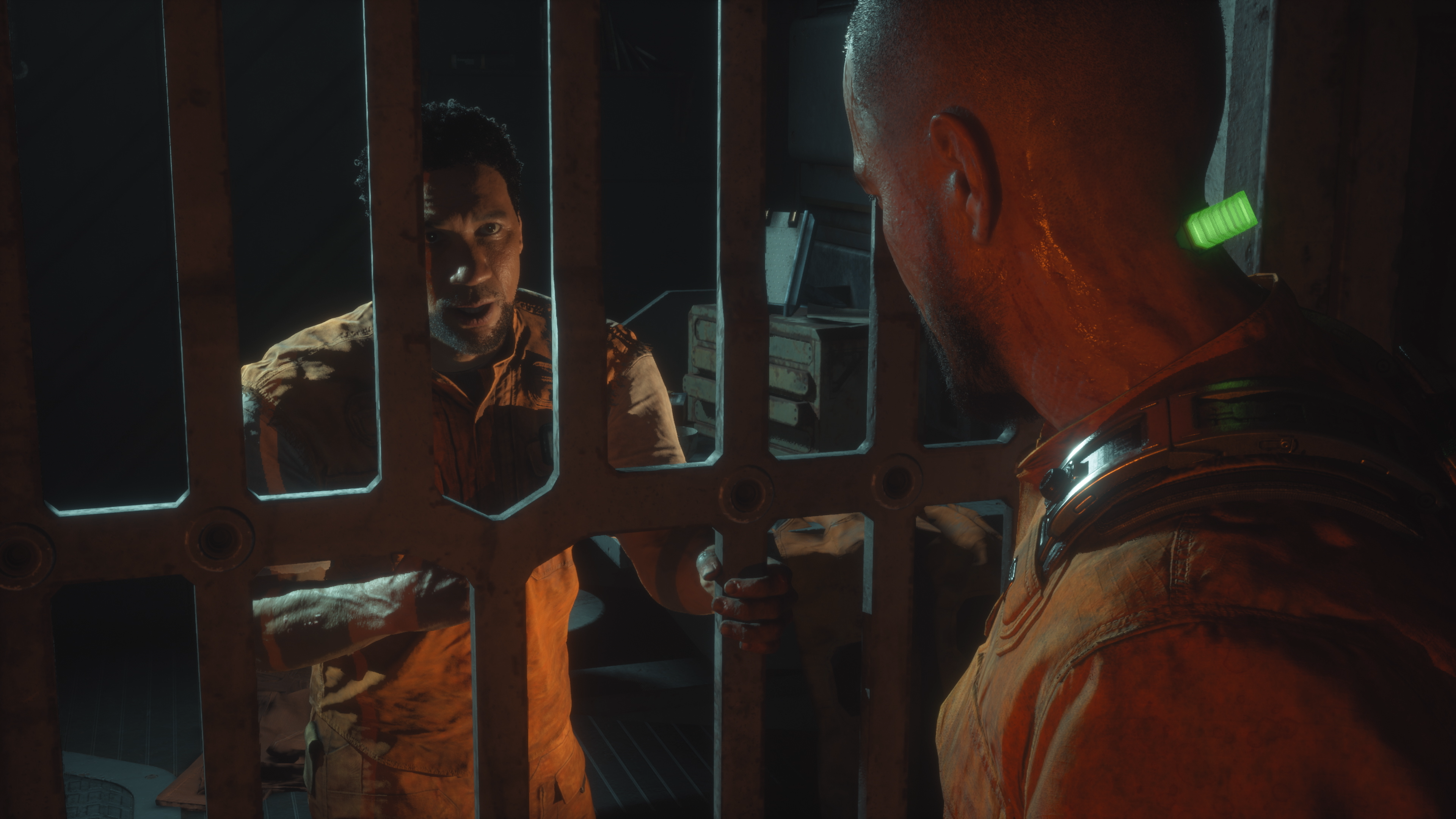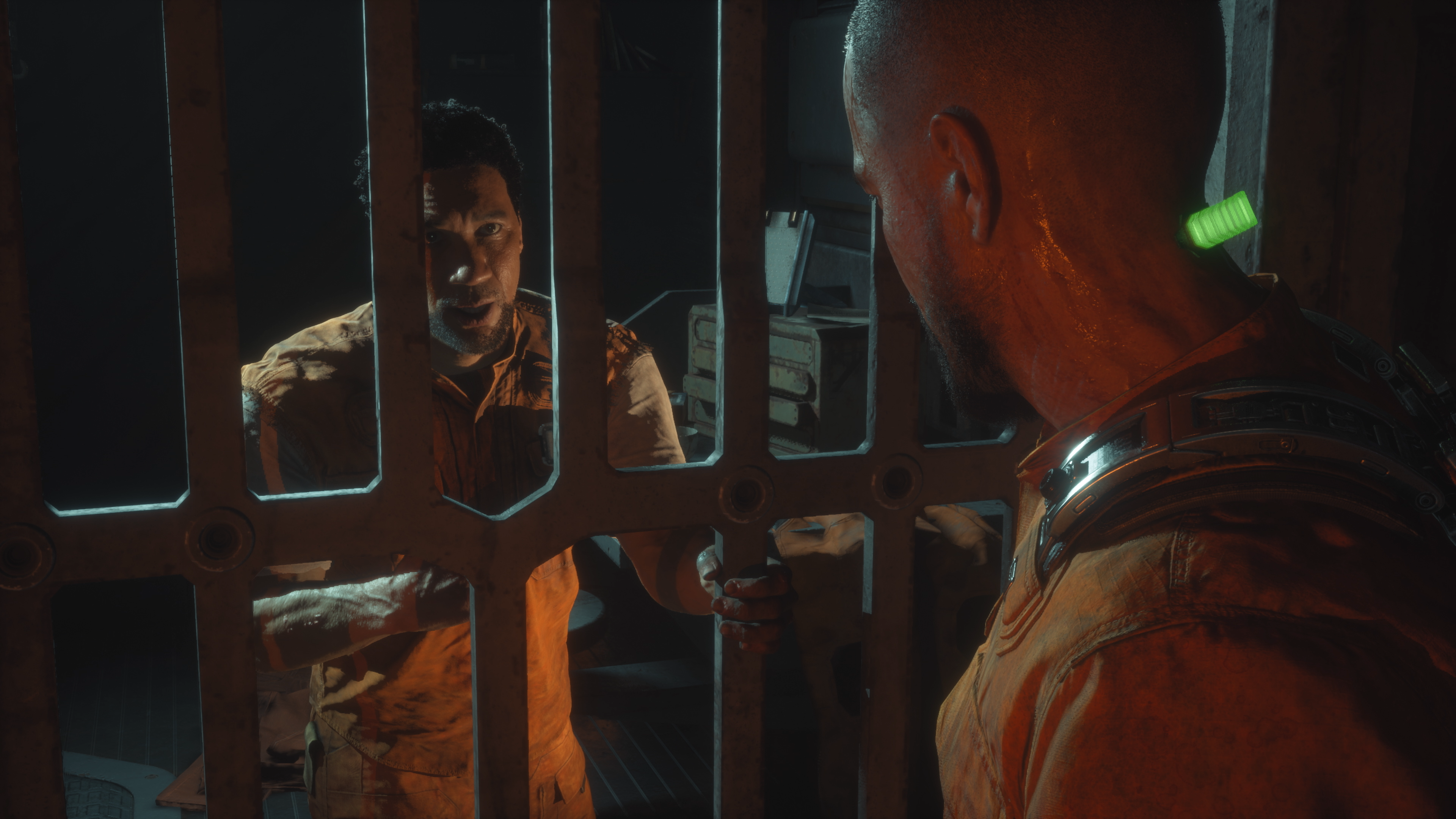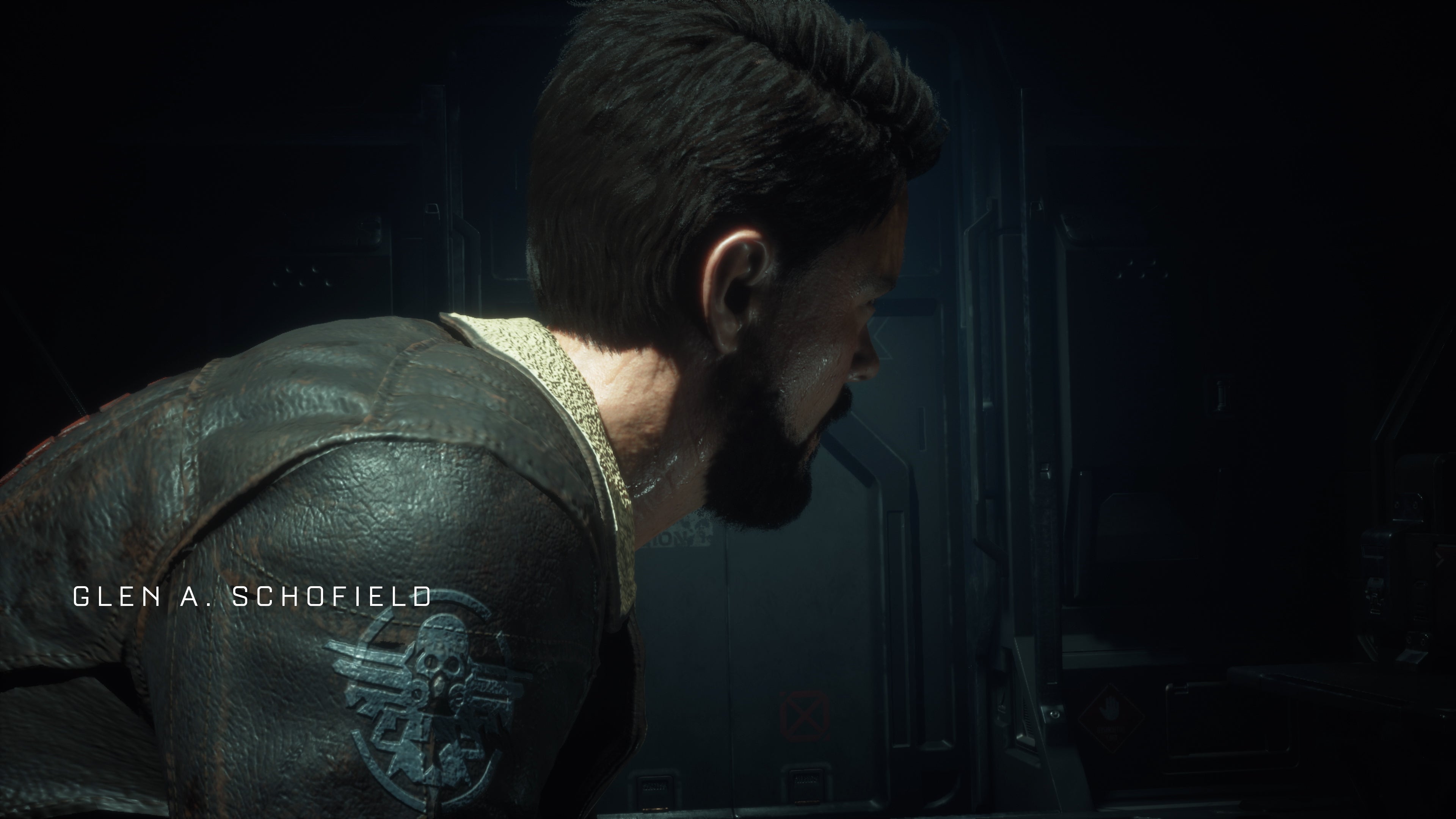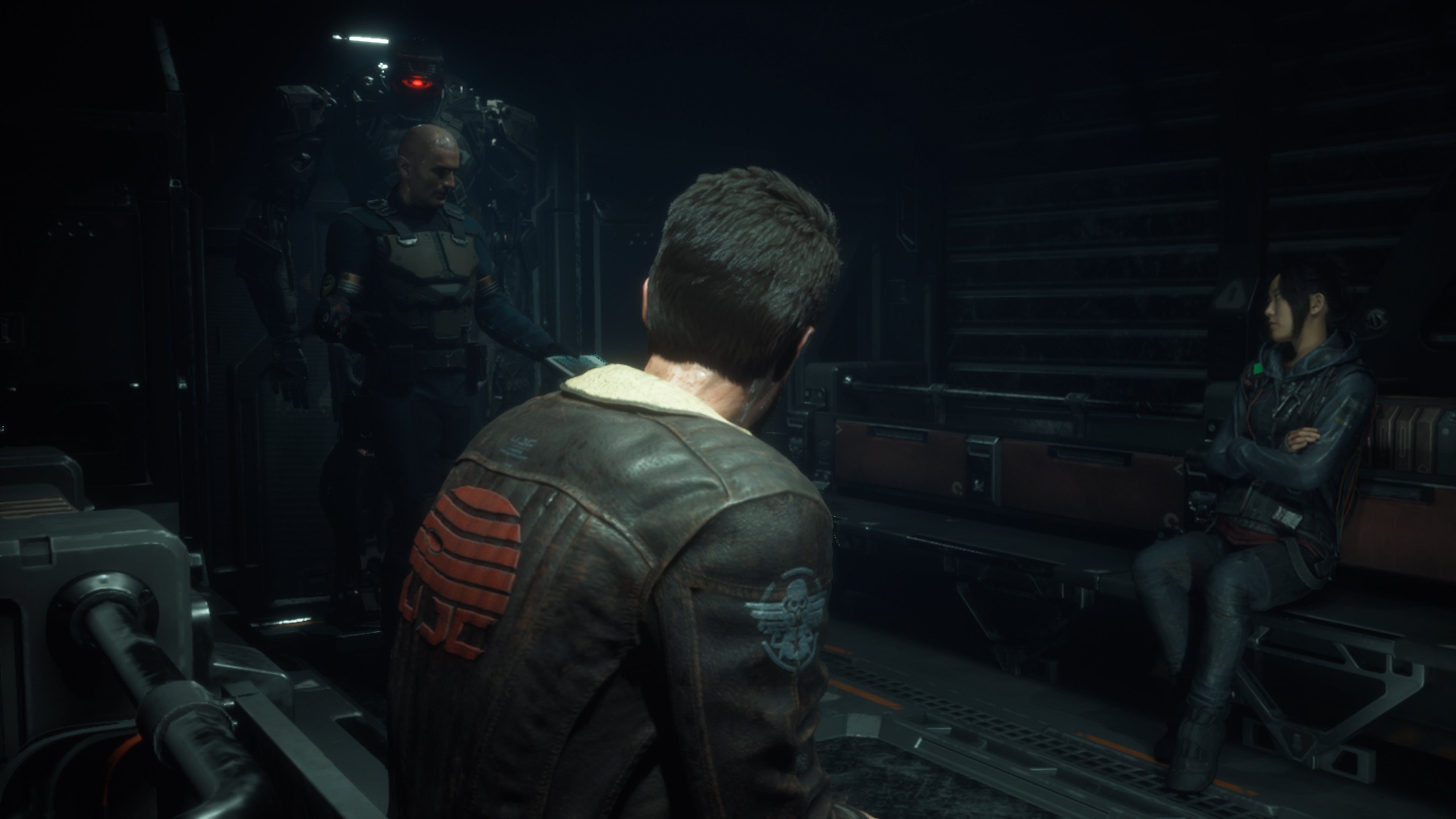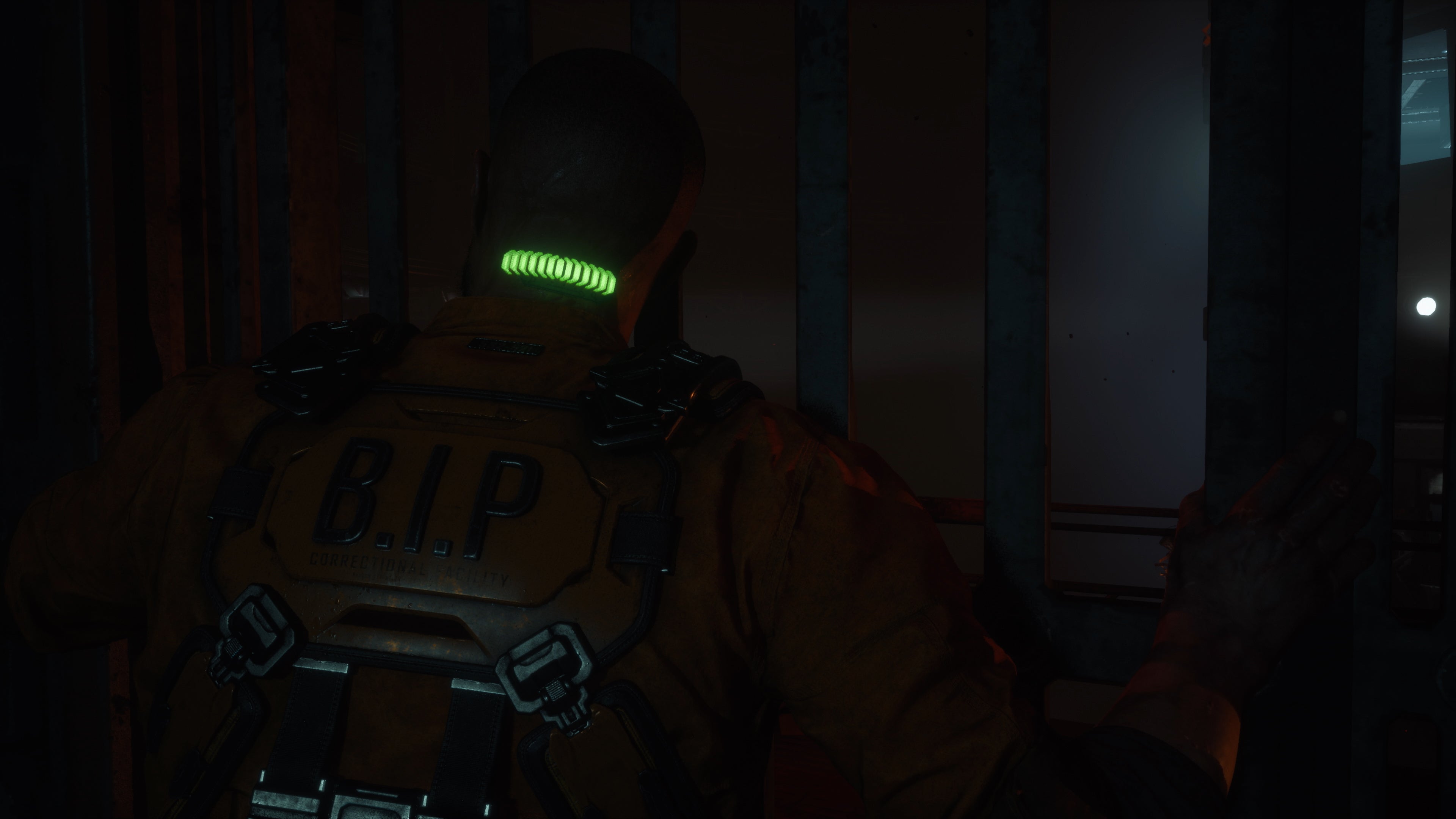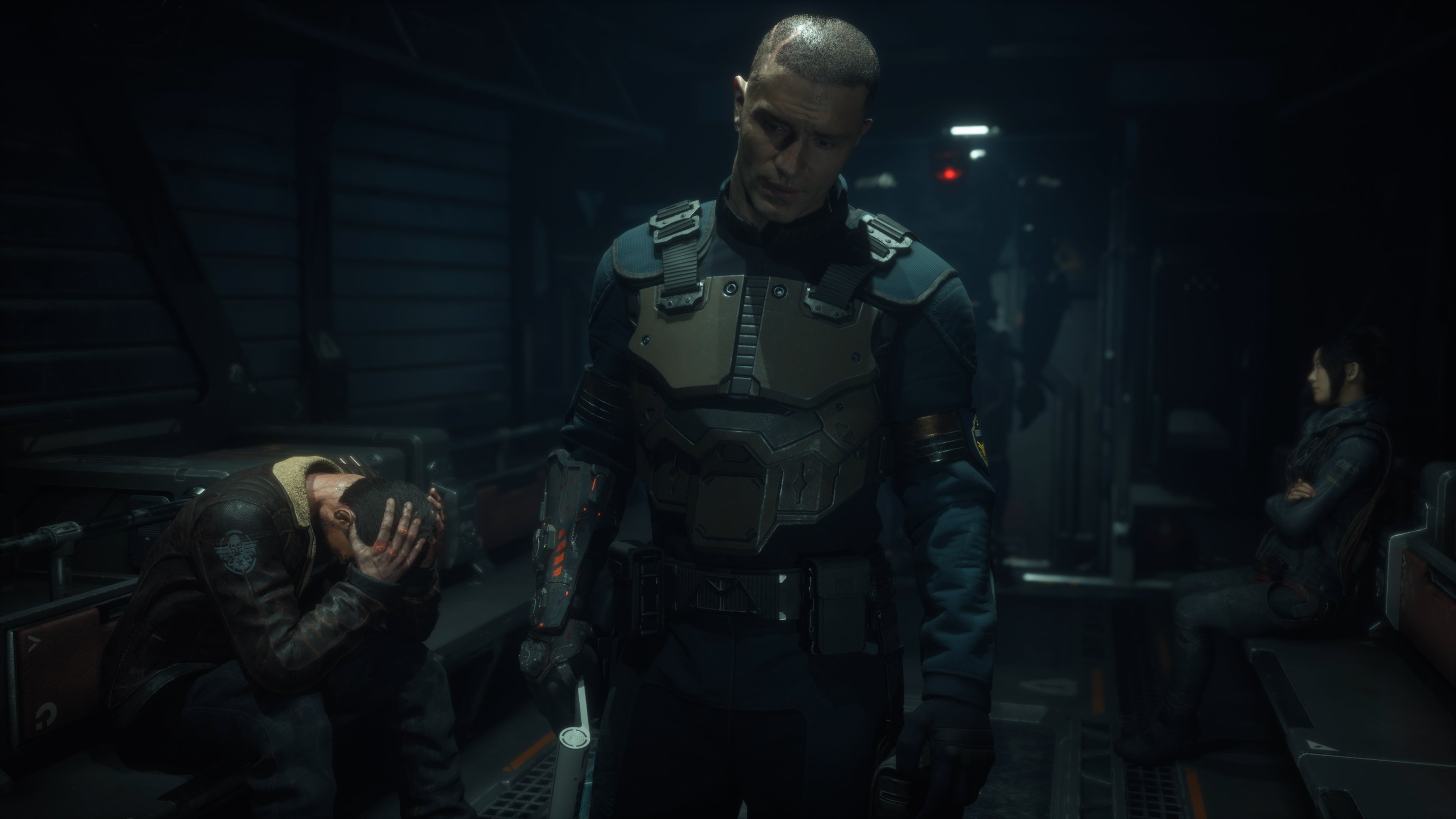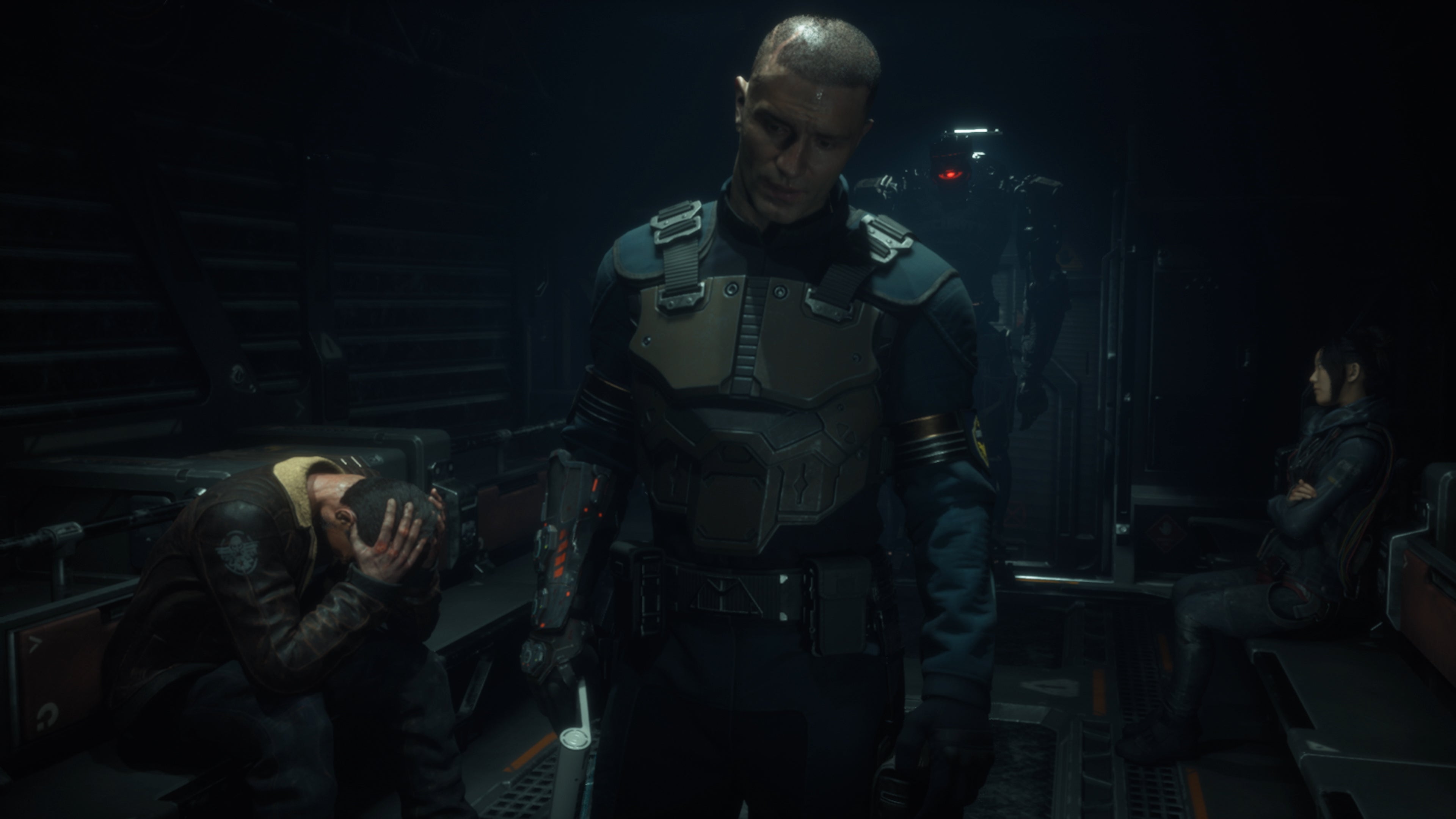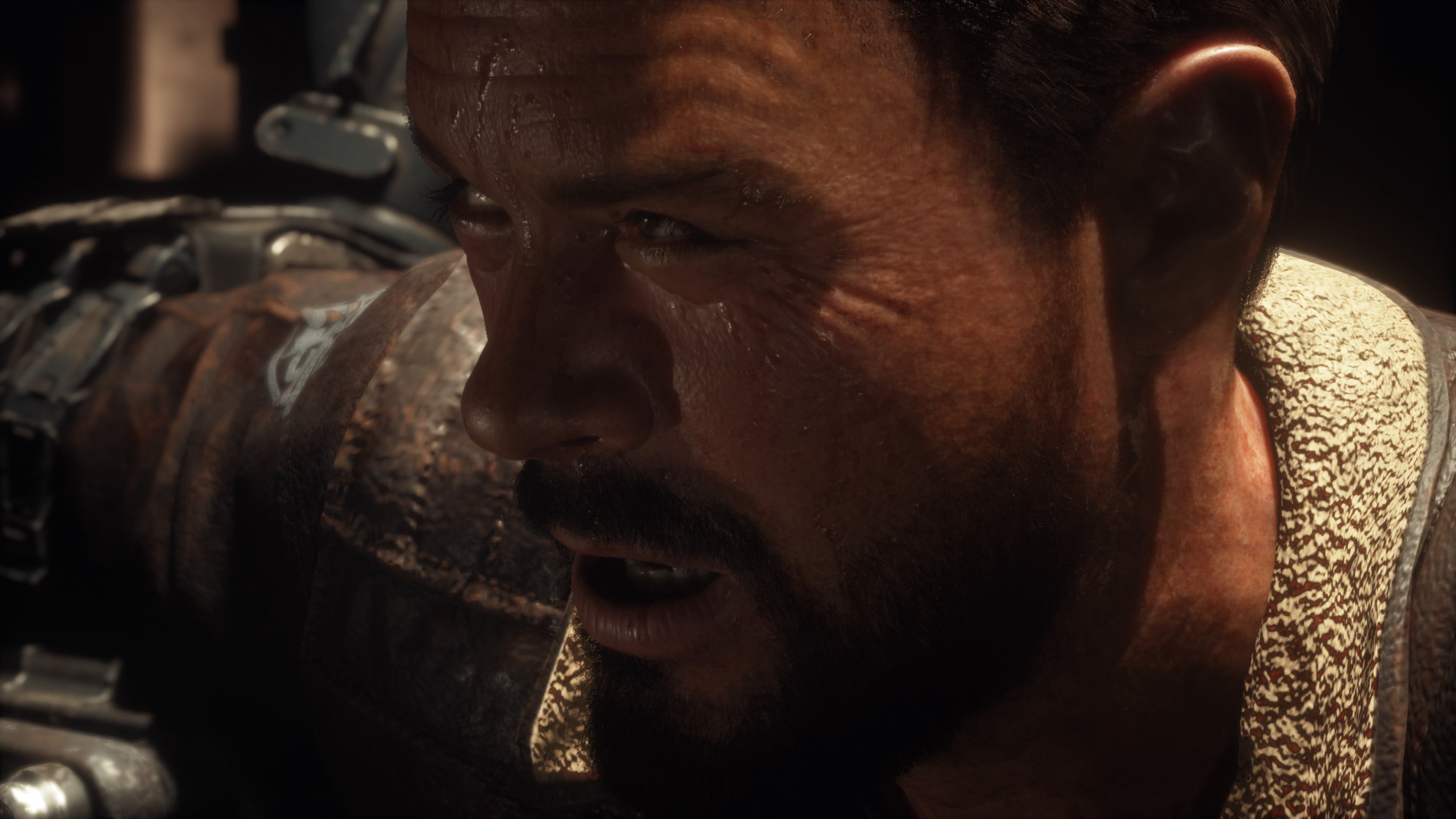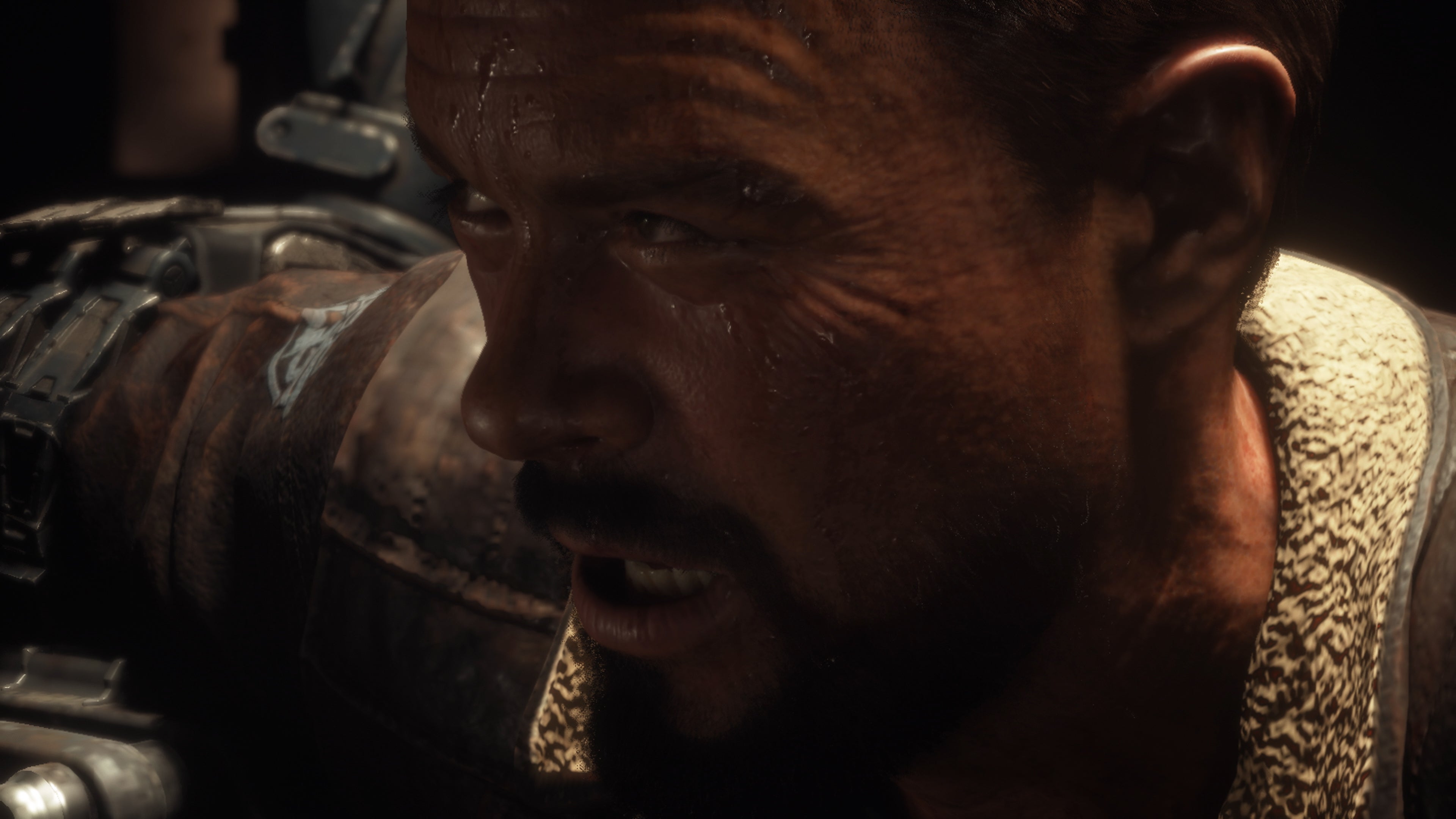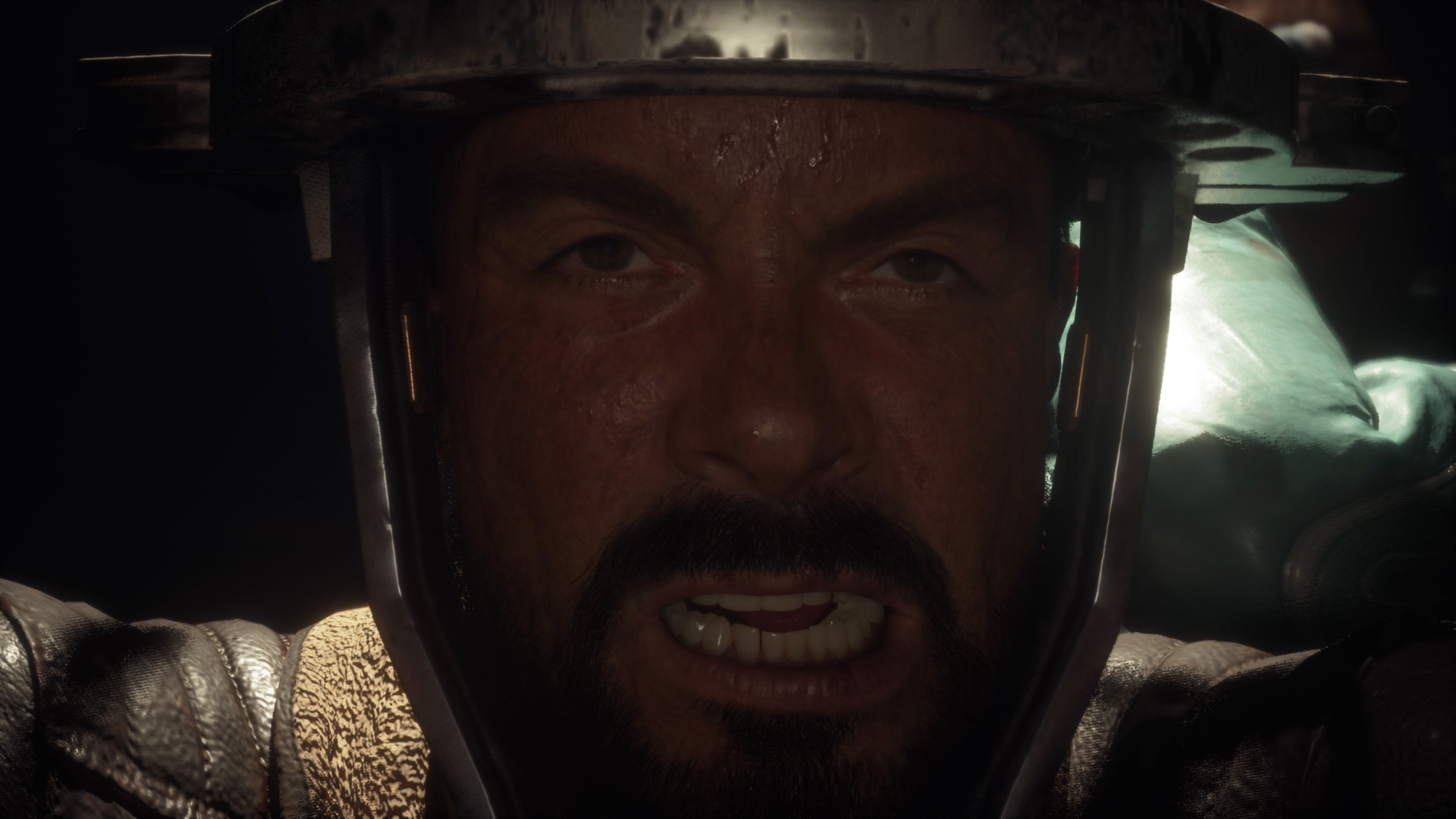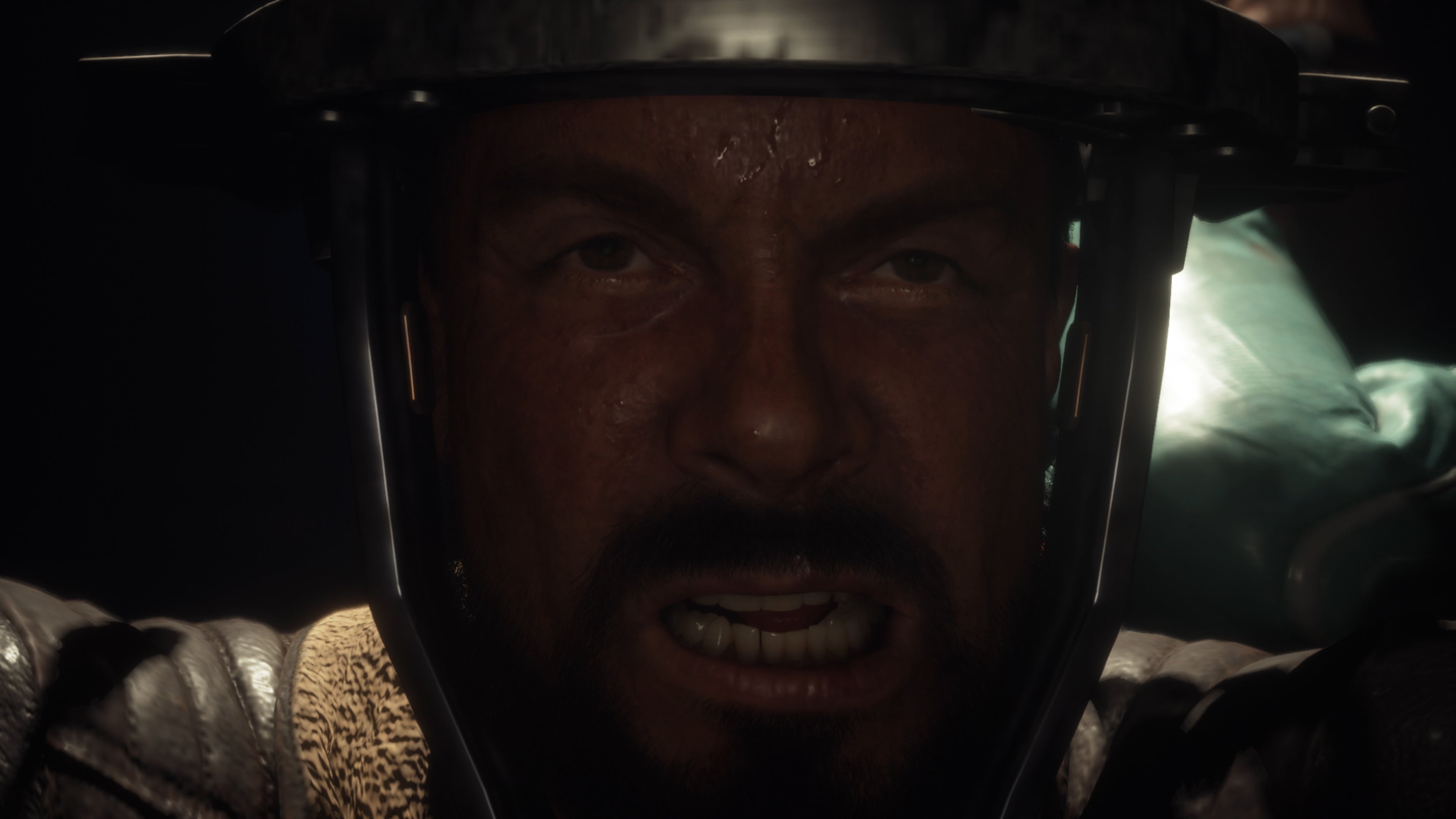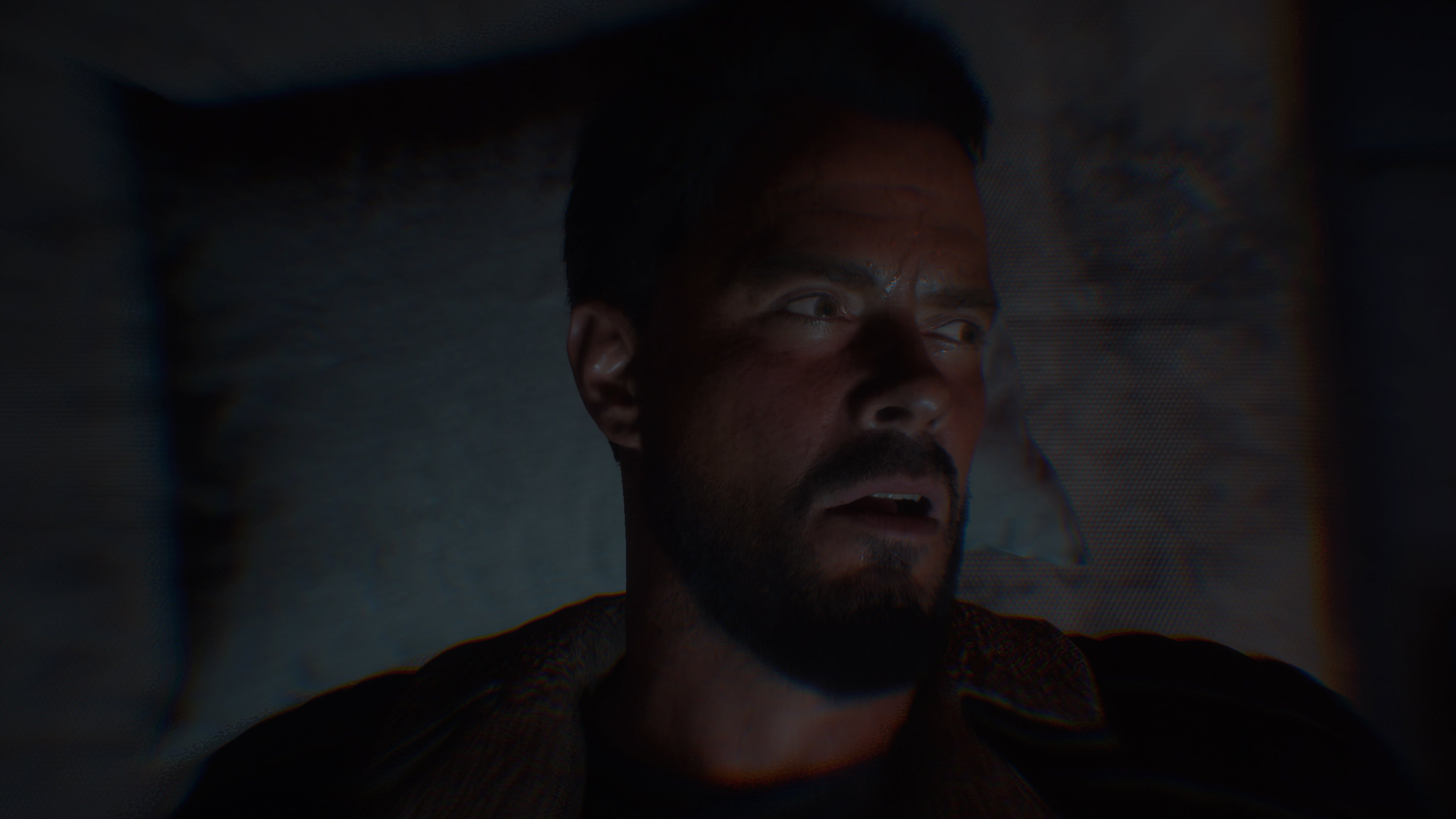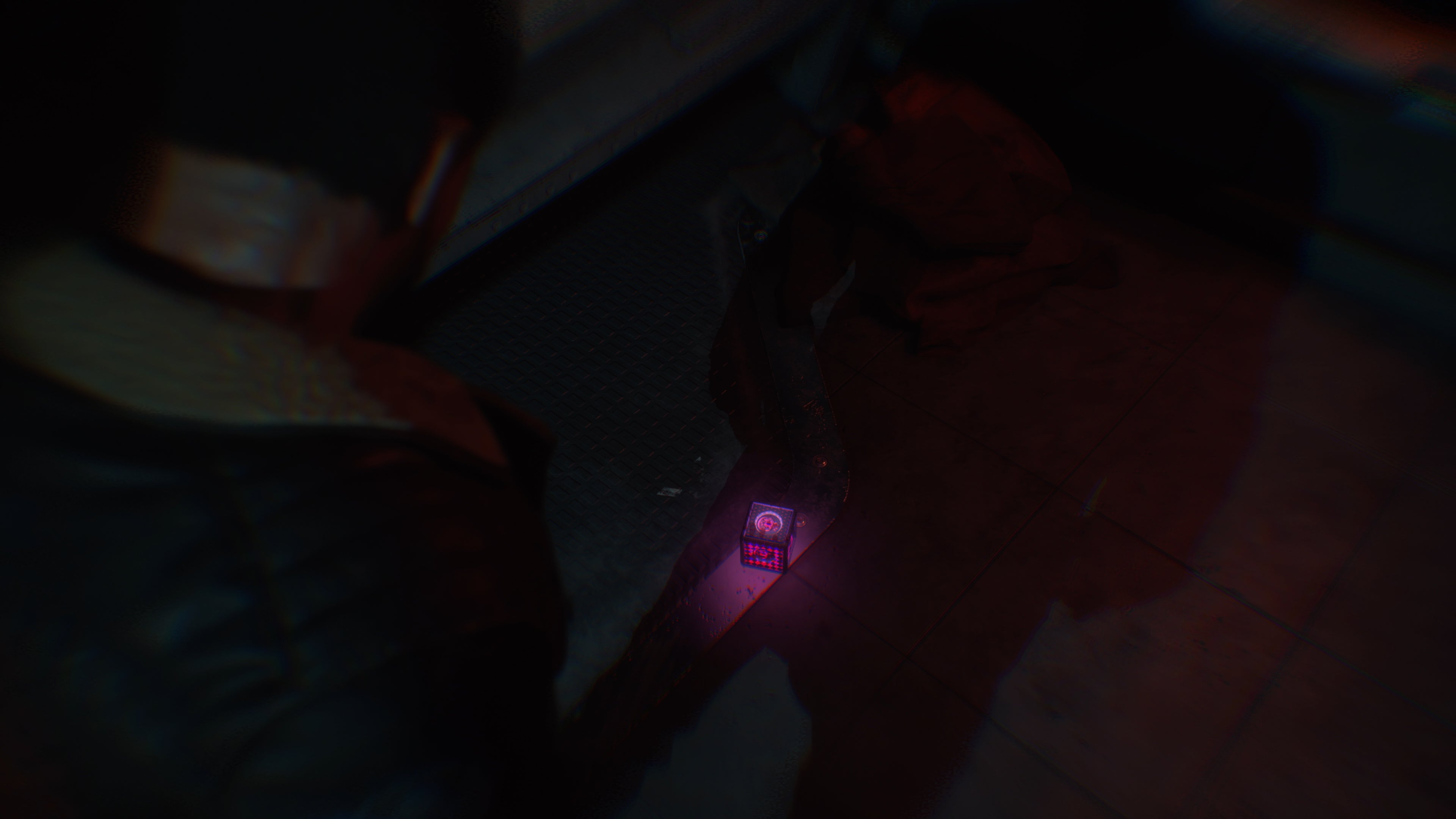Let’s start with PC, where DF crew member Alex Battaglia has been testing the game for the past few days. Sadly, there’s no good news here - the game is a disastrous state as of launch. First up, this is yet another Unreal Engine 4 title that doesn’t precompile its shaders, meaning that the first appearance of new models and effects is accompanied by a hefty stutter that can bring even a high-end Core i9 12900K and RTX 4090 rig to its knees - with even longer hitches on weaker systems. What’a happening here is that shader code is compiled as it’s needed, resulting in continual freeze-frame hitching every time you encounter a new effect that requires a new shader. Shader compilation stutter is a massive problem with this game, ruining the sense of immersive dread the game is trying to create, and is only solved by playing through the whole game so that your second playthrough is stutter free - where’s your Shader Butler when you need them? This issue could be solved by having the game precompile shaders on first boot, and even though this would delay the action and require redoing each time the game or GPU drivers are updated, it would at least ensure a smooth experience once in-game. Outside of the return of the UE4 #StutterStruggle, The Callisto Protocol has other issues on PC that detract from what should be the best-looking version of the game. For instance, graphical settings other than resolution can’t be changed while the game is running, so you’ll need to return to the main menu to do so - making it somewhat difficult to gauge the performance and visual impact of your changes. The game also appears to be severely limited by single-core CPU speeds, with most available processor threads sitting near-idle even while GPU utilisation remains low, making it hard to achieve good performance even on high-end machines. The overall message that the PC version of the game isn’t recommended at this time. It’s possible that patches will improve the situation, and we’ll return to this topic as and when these are deployed. Although not as severe as PC, Xbox Series consoles have problems too. The Xbox Series X version of the game should be a great way to play alongside the generally flawless PS5 version, but right now that’s unfortunately not the case. Like PS5, Series X offers a choice of quality or performance modes, but the Xbox version in quality mode is missing a major feature: RT reflections. You do get RT shadows, but all reflections are handled exclusively in screen space. We have passed this information along to the development team, however, and hopefully this will be addressed soon via a patch but it’s highly disappointing as the look of the game benefits so much from what is a high-end implementation of this RT feature. Otherwise, the two versions are comparable in terms of visual quality which is to say - they look excellent. Furthermore, the performance mode is visually equivalent so if you were planning to enjoy the game at 60 frames per second, this won’t be an issue. If you’re hungry for ray tracing, however, PlayStation 5 has the edge as of launch day. Xbox Series S does not offer a performance or ray tracing option and its dynamic resolution target hovers slightly above 1080p in my testing. It is noticeably blurrier as a result but it’s not just image quality that suffers. Series S also features lower resolution textures evident in most scenes and does not utilise features such as sub-surface scattering, which adds so much realism to skin rendering. It’s still a nice-looking game but it definitely lacks the fidelity of the more powerful machines. When we get to performance though, things get interesting. In the 60fps mode, performance on Series X is roughly equivalent to that on PS5 - there are inconsistencies during play in both versions but most of the time they’re small enough that you won’t necessarily feel them, especially with VRR engaged. Given the heavy CPU requirements observed in the PC version, it’s not surprising to see the game slip below the target frame-rate at times. There are also some additional hiccups associated with checkpoints and certain events that detract slightly from the overall fluidity. The quality mode on the other hand - here, Xbox Series X only exhibited severe frame-rate issues during the review period that developers Striking Distance said would be fixed in a day one patch. That patch does help solve the most egregious drops below 30fps, thankfully, but it doesn’t restore performance parity to Series X versus the PS5 version. After one of the patches, we were asked to delete our saves to be certain the patch took effect, but still no dice - there are still issues here and there which is surprising given that the game should theoretically be easier to run given that it doesn’t currently include RT reflections. As a result, I recommend sticking with performance mode if you’re playing on Xbox Series X. So how about Series S? Well, thankfully, given how many visual settings were pared back, Series S turns in a solid 30 frames per second experience. It exhibits the same sort of hiccups observed with other versions of the game, of course, but it does not have any of the same problems we observed on Series X. Basically, you’re sacrificing a lot in terms of image quality and fidelity but at least the frame-rate hits its 30fps target most of the time. I would have been curious to see a potential performance mode on Series S, however, but given the low resolution target, I suspect it would be closer to 720p at best. We mentioned the excellent haptic feedback in our write-up of the PS5 version of the game, and thankfully Xbox users aren’t left out here either. The rumble triggers get heavy use in this game, and it feels satisfying in its own right. All versions offer the same excellent surround sound presentation as well. So, right now the Xbox Series version wouldn’t be my top choice if you have access to a PS5 as the missing features and performance issues are fairly severe strikes against it. It’s not a disaster like the PC version but it feels like it needs some additional work. Hopefully future patches can resolve these issues, as we don’t expect to see games launched with core features on one premium next-gen console and not the other, given how similar both machines are in terms of overall performance. At this point, I’m also curious to see how the last-generation versions of this game hold up - The Callisto Protocol genuinely feels like a next-gen game despite being a cross-gen release, and it’ll be fascinating to see if, for example, the Xbox One from 2013 is able to deliver the same kind of an experience. For now though, we can only really recommend the game on PS5 if you want to see it at its very best.
